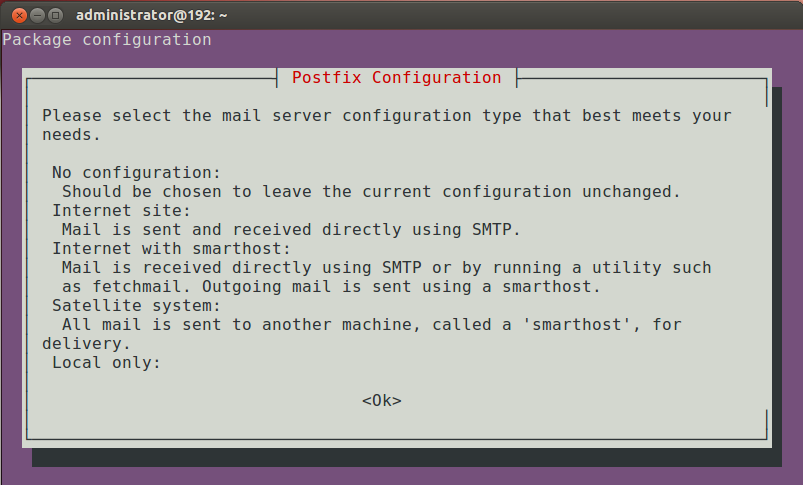Install Mod Vhost Alias Ubuntu

Alias is not for redirecting but for mapping URLs to file system pathes, usually outside your DocumentRoot. Alias /static/images /images tells Apache that if you request localhost/static/images it should look at the folder /images in your filesystem. Quite likely this folder doesn't exist and you get an error.
See the for more about the Alias directive. If you want to redirect localhost/myweb/static/images to localhost/myweb/images you need to use the Redirect directive instead, for example Redirect seeother /myweb/static/images /myweb/images See the for more about the Redirect directive.
Latinvfr Key West. Install mod_proxy and. Substitute suexec unique_id userdir usertrack vhost_alias xml2enc. Seen for configuring Apache as a reverse proxy on Ubuntu.
Apache's mod_status module allows it to display a web page containing statistics about the web server's current state, including worker processes and active connections. What is mod_status?
While you can get information on the connections being made to apache by checking its access log, if you want more immediate information about what apache is up to you can enable mod_status. This module allows you to view a detailed status page for your web server. This information can be useful for watching your web server's performance during load testing or for allowing a monitoring program like munin or mrtg to gather activity data for later aggregation. The Apache Project keeps their available to the general public. To get a look at a fairly busy web site's status page, visit: Enable mod_status The default installation of apache usually has mod_status enabled, but let's check to make sure. Check the contents of apache's enabled modules directory: ls /etc/apache2/mods-enabled Search for 'status.conf' and 'status.load'.
If those files aren't listed in that directory, you will need to enable mod_status by running: sudo /usr/sbin/a2enmod status Configure access To enable access to the server status page we'll need to add a Location directive entry for it to the default virtual hosts for any domains configured for apache. If you haven't added any new virtual hosts to the default apache configuration, you will only need to edit the virtual host file at: /etc/apache2/sites-available/default Add to each virtual host file that needs to be edited the following section, within the 'VirtualHost' configuration block: SetHandler server-status Order deny,allow Deny from all Allow from localhost Note that 'Allow from localhost' can be changed if you want to allow remote access to the apache status page, but we don't recommend it. We'll talk about how you'll be able to view the status page from the slice itself in a later section. ExtendedStatus One more change we may want to make is to enable the ExtendedStatus setting in apache. This setting adds more information to the status page apache returns, like CPU use and requests per second. Enabling ExtendedStatus makes apache do a little extra work when it gets a status request, so you might weigh the extra information gained against the potential performance hit to a busy server. Many monitoring applications that record performance over time, like munin, require that ExtendedStatus be enabled before they can monitor apache.